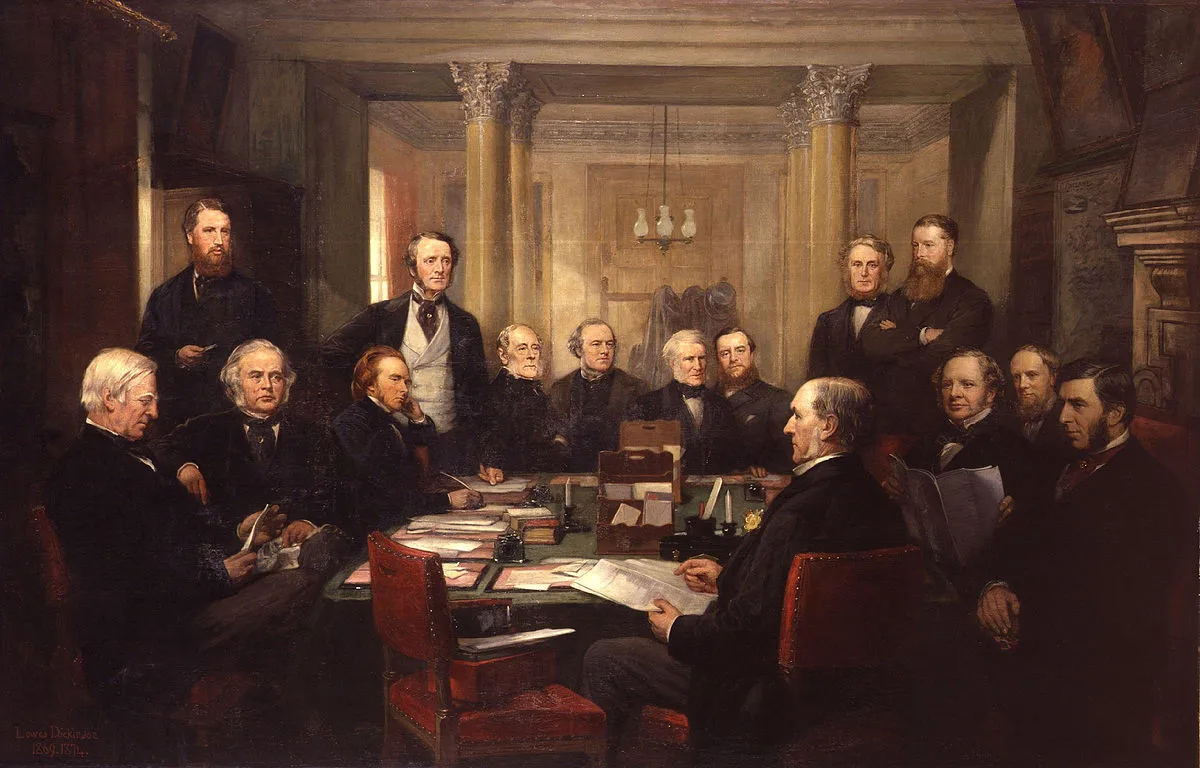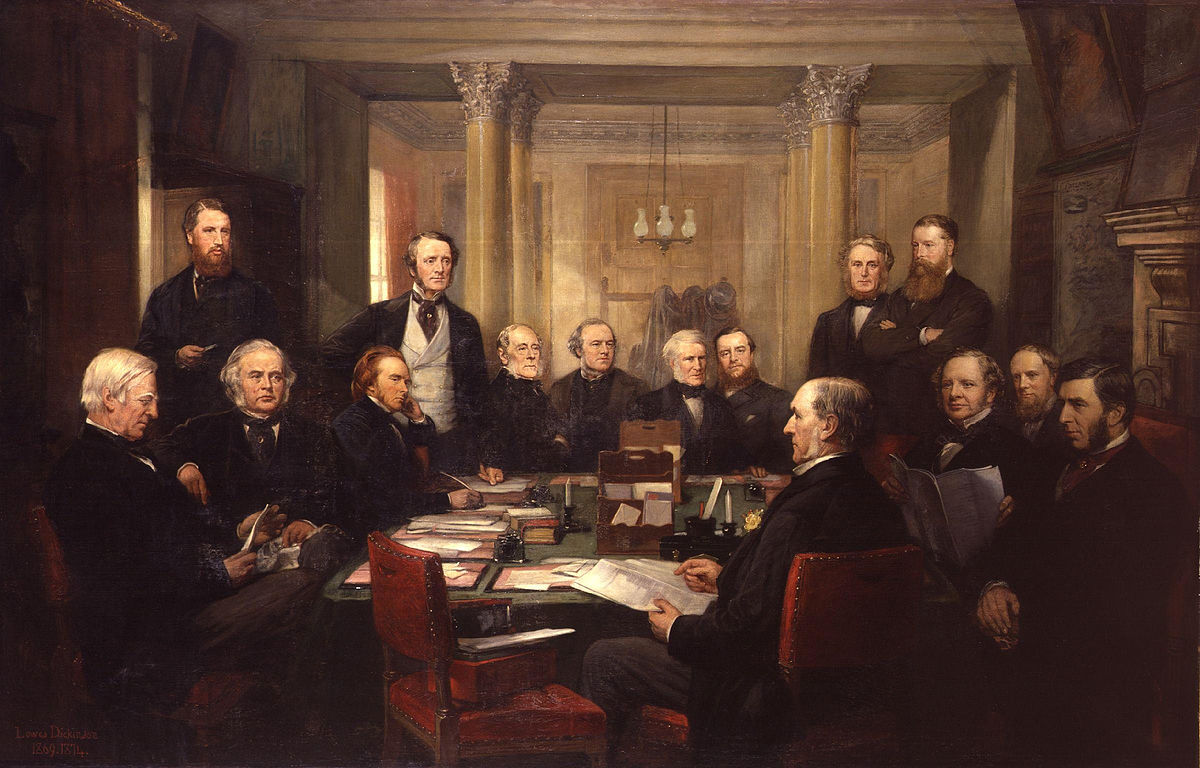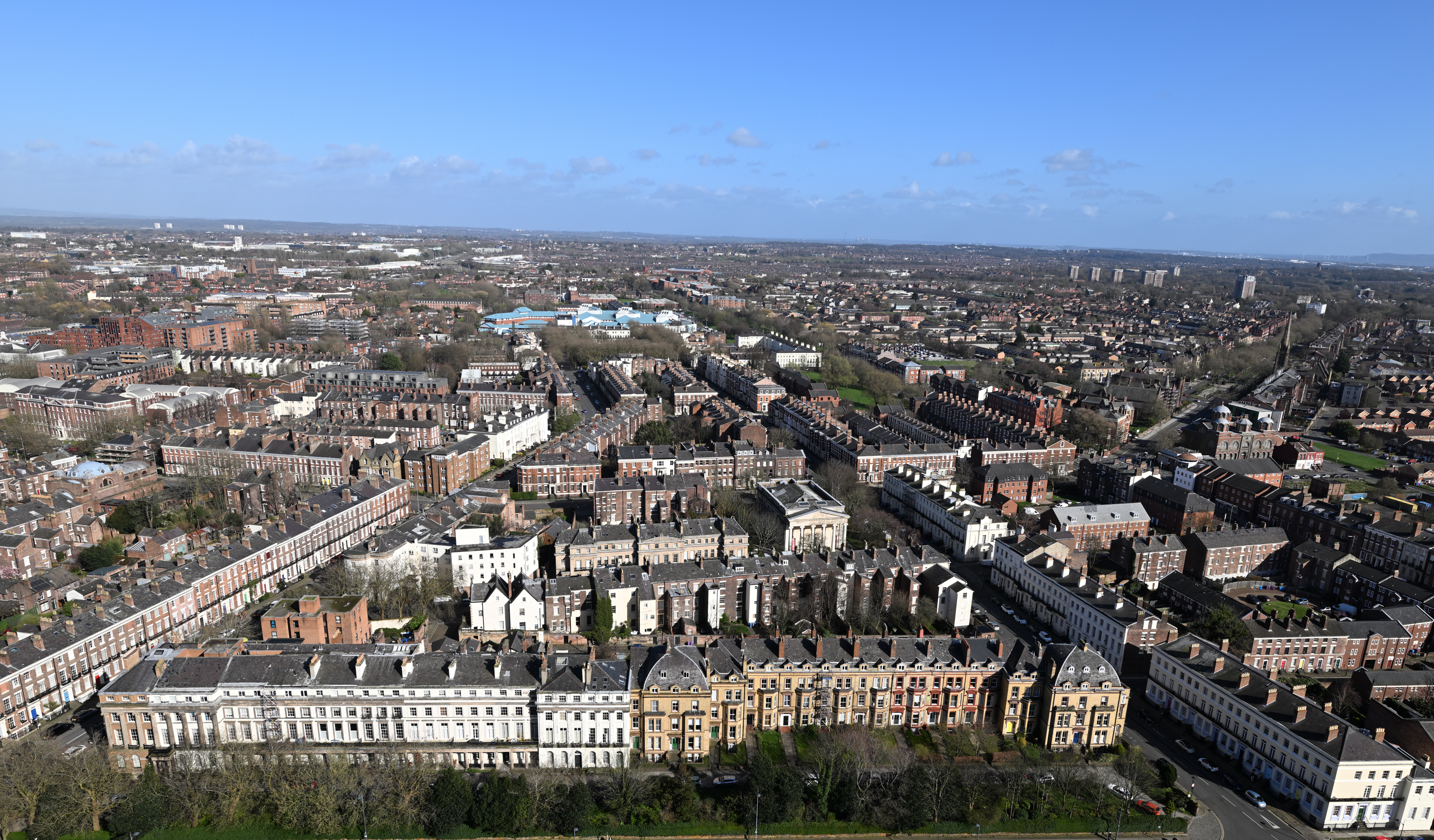Whatever happened to the Liverpool middle class?

The city's changing image has left little place for the middle class Scouser in the public imagination
If you were to stroll down Rodney Street among all the marvellous Georgian architecture, it would perhaps surprise you to stumble across the birthplace and childhood home of William Gladstone, titan of Victorian politics and four-time prime minister of the UK.
Nowadays, the idea of a Scouse prime minister is a bit incongruous. If you asked the average person to picture such a politician, they would probably imagine a bolshy trade union official rather than a refined Old Etonian. But the Gladstones and families like them were once every bit associated with Liverpool as the docks were, and historically the Liverpool middle class — taken to include merchants, industrialists, and philanthropists — have made a huge impact locally, within the UK, and around the world.
In 1939, Liverpool housing department records concluded that 41% of families in council housing could be classified as middle class by the standards of the time. And as recently as the 1960s, the city was still producing nationally-renowned figures in politics, business and the arts. At the Liverpool Institute school during that decade, the future Militant leader Derek Hatton played Gratiano in a production of The Merchant of Venice alongside future Conservative minister Steve Norris as Portia, and the future theatre impresario Bill Kenwright as Shylock. (‘Where’s the Arteta pound of flesh, Bill?’)
We still produce some high-flying executives, such as former Tesco CEO Terry Leahy, and the odd billionaire, such as Home and Bargain founder Tom Morris, but today such people usually have to leave the city to build their careers and make their fortunes elsewhere.
At the same time, many famous Liverpudlians have middle class origins in terms of their parents’ occupational and educational backgrounds, such as actress Jodie Comer, writer Frank-Cottrell Boyce, and conductor Sir Simon Rattle. A principal dancer with the Royal Ballet, Matthew Ball, is from Liverpool, and there were more Liverpudlian cabinet ministers in the Tory governments of 2010 to 2024 than there were Old Etonians. And yet middle class Scousers don’t tend to populate the public consciousness when it comes to the modern image of the city and most tellings of its history.
In fact, since the British conception of 'the Scouser' does not just mean 'person from Liverpool', but rather has inherent class and cultural stereotypes attached, middle class Liverpudlians are assumed not to exist. People accept, for example, middle class Mancunians, but a middle class Scouser is almost an oxymoron.
The city’s changing image from somewhere associated with wealth, religious sectarianism, working class Toryism, and crime, to one associated with music, football, socialism, and crime, seems to have left little place for the middle class Scouser in the popular imagination.

Deindustrialisation during the twentieth century, and the shift in wealth creation from Scotland and the North of England towards London and the South East, hurt many provincial cities, but it arguably hit Liverpool hardest. From 1966 to 1977, 350 factories closed or relocated, and by 1980, only one of the twenty largest manufacturing companies still operating in the city was owned locally. Between 1973 and 1983, male employment on Merseyside fell by 53 per cent, and female employment by 62 per cent.
Many of those who were able to leave did so. A vicious cycle began of industrial decline and falling council revenues leading to worse public services, exacerbating middle class flight.
But back in mid-Victorian Britain, the city was synonymous with commerce, industry and self-reliance. To think of Liverpool then was to think of the Gladstones, Rathbones, Roscoes and other rich merchant families. Some were born in the city, while others moved to Liverpool because of its prosperity and dynamic economy. While many were born into wealth, others came from very humble backgrounds and made their fortunes in the dynamic Liverpudlian economy.
Gladstone’s father, John, had moved to Liverpool from the Scottish port of Leith in 1785, attracted by the exponential growth of the town and the opportunities it offered. He initially lived on Bold Street until his marriage in 1790 to Jane Hall, daughter of a lesser Liverpool merchant, after which the couple settled into the new house in Rodney Street.
John Gladstone soon became involved in trade in enslaved persons, the source of so much of the city’s wealth at that time, eventually acquiring ownership of several slave plantations in Jamaica and Guiana. The Demerara rebellion of 1823, one of the most significant uprisings by enslaved people in the British Empire, began on one of Gladstone’s plantations. The extent of his involvement in slavery was such that after the practice was abolished in the British Empire in 1833, he received the largest of all the payoffs given to slave owners under the Slave Compensation Act.

But Liverpool at this time also provided many ways to prosper from legitimate trade, and some of the burgeoning mercantile class even spoke out against the barbaric business of slavery, often at great professional and personal risk. William Roscoe was foremost among them. Born in 1753, he left school at the age twelve and, after a stint in bookkeeping, was apprenticed to a solicitor. He eventually qualified as a lawyer and became increasingly outspoken in his opposition to slavery. He was elected to represent the city in Parliament in 1806, but stood down the following year; during his brief stay, however, he was able to cast his vote in favour of the successful abolition of the slave trade in 1807.
One of the most successful Liverpool-based businessmen was Henry Tate, originally from Chorley, Lancashire, and the last of eleven children. He started a grocery apprenticeship, and by the age of twenty had his own shop in Old Haymarket, opening a second on Old Hall Street in 1847. Eager to modernise the traditional methods of getting sugar from cane syrup, Tate brought in a new centrifuge to his new factory on Love Lane, which was soon producing 1,319 tonnes a week and employing over 600 people. Tate then patented the idea of compacting and selling sugar cubes, with this success allowing him to open a second factory, this time in London, on the banks of the River Thames.
As well as these male merchants and politicians, many women from the upper reaches of the Liverpool middle class became national figures. Josephine Butler and her family moved to the city in 1866 after her husband was appointed headmaster of Liverpool College. She had recently lost her five-year-old daughter, Eva, who died after falling forty feet from a banister in their home; she later wrote that in this period that she ‘became possessed with an irresistible urge to go forth and find some pain keener than my own, to meet with people more unhappy than myself [and] it was not difficult to find misery in Liverpool’.
She began to visit the workhouse at Brownlow Hill, sitting with the women in the cellars, and eventually opening up her own home as a shelter for destitute women, often prostitutes in the final stages of venereal disease. She soon established two specialist hostels, providing work for the women to support themselves in embroidery and making envelopes. Butler’s greatest achievements came in her campaigns against child prostitution, which resulted in the Criminal Law Amendment Act 1885, raising the age of consent from thirteen to sixteen, and her successful campaign for the repeal of the Contagious Diseases Act, which had allowed for suspected prostitutes to be detained and forcibly ‘examined’ for evidence of venereal diseases.
These people certainly did not consider themselves ‘Scousers’, or the nineteenth-century equivalent. Instead, just like their contemporaries in Manchester, Leeds, Newcastle and Dublin, they thought of themselves as enlightened philanthropists, doing what they could for the unfortunates of the cities that had given them so much. But at the same time, the Victorian urban middle class were not ‘citizens of nowhere’ – at their greatest comfort on ocean liners and deriding regional pride as reactionary and chauvinistic. Instead, they were massively proud of their provincial origins and worked very hard to make Liverpool the equal of any city in the world.
Their legacy can be seen today, not only in the terraces of the Georgian Quarter and the palatial villas of Princes Road and Sefton Park, but in storied institutions like the School of Tropical Medicine, founded in 1898 by ship owner Sir Alfred Lewis Jones, and the Walker Art Gallery, which was opened to house the collection of banker William Roscoe and occupies a building funded by merchant William Brown.

But just as these late-Victorian titans were constructing their architectural and institutional legacies, the economy of the city was changing – although it would be some time before anyone realised it.
At the start of the twentieth century, Dale Street was characterised by ‘wealth and ambition’, in the words of one local journalist, with ‘busy, happy men, all bent on winning some prize in the world’. It was a place ‘of ship windows, of gossiping politicians lounging on steps, of carriages rattling past the Conservative Club’.
And what of today? The travails of the ‘commercial district’ are well known to regular Post readers. The thousands of windows in the ‘Three Graces’ that used to indicate officers for tens of thousands of clerks now illuminate empty space, or at best restaurants or hotels.
Those who could act as modern equivalents of the Victorian industrialists – and Liverpool has plenty of entrepreneurs and startups across sectors including biotech, sportswear, gaming and green energy – often find themselves having to leave the city. The same is true for many graduates – whether from the city originally, or having attended one of our universities – who would like to stay, but can’t find suitable jobs.
Meanwhile, the internally-projected and externally-imposed identity of ‘the Scouser’ has become more exclusionary, so that the middle class Scouser finds themselves met with incredulity abroad, and might be told to ‘stop acting posh’ when at home. The awkwardness of their position isn’t just about money, but mindset.
How might we rehabilitate the idea of the Liverpool middle class? Investment and opportunities are only part of the solution – a shift would have to come not just from economic changes, but cultural ones.
Unfortunately, it remains to be seen whether such a shift will happen under our current economic paradigm. During the city’s nineteenth century pomp, the wealth of the merchants and insurance brokers was underwritten by a vast pool of irregular, casualised labour on the docks and onboard ships – as with many other things, the city was a pioneer when it came to ‘zero hours’ contracts.
But at least that economy provided wealth and prosperity for those in the middle; by contrast, a consistent feature across capitalist economies over the past four decades has been the decline of secure and steady occupations, and the increasing precariousness of traditionally middle class professions such as teachers, doctors, academics and solicitors. The traditional social divisions of upper, middle and working class arguably no longer reflect our modern society. The decline of the middle class Scouser could just be a foretaste of the gutting of the middle class everywhere.

Comments
Latest
A glow-up in time for Christmas? Give a salmon sperm facial a try
A London lawyer bought the land under Southport homeowners' houses. Then the threats began
Why Wirral is years behind Salford — and how to fix it
The Hill Dickinson is a world-class stadium. Everton must find a team to match
Whatever happened to the Liverpool middle class?
The city's changing image has left little place for the middle class Scouser in the public imagination